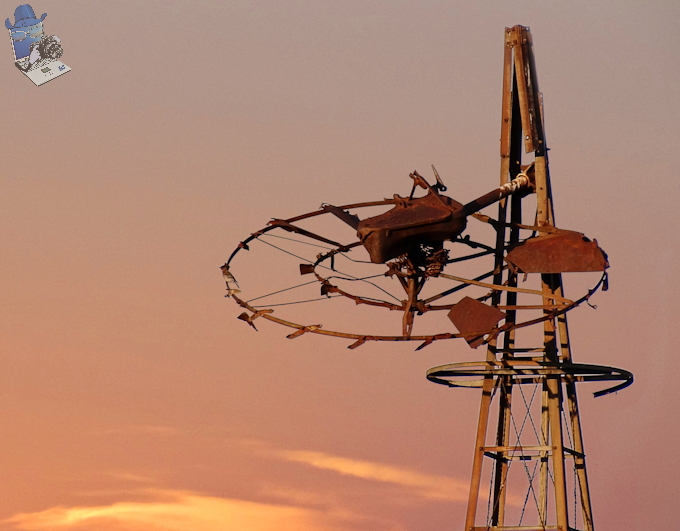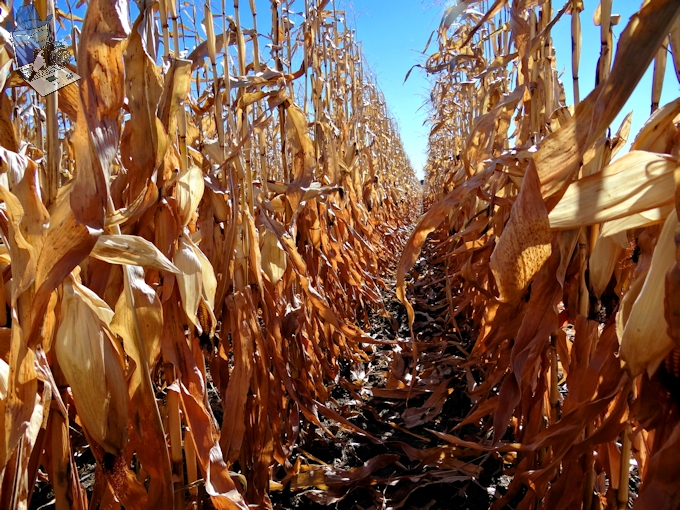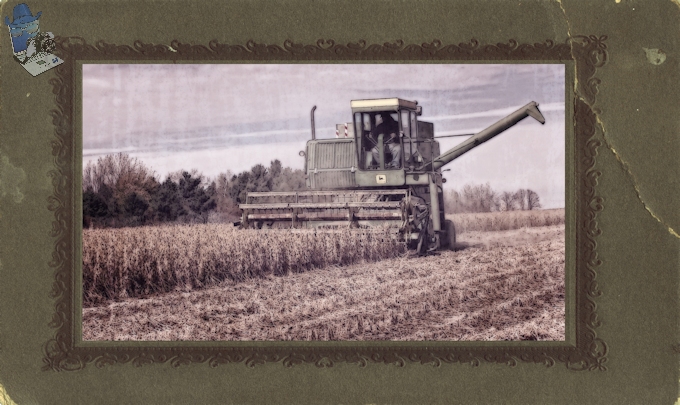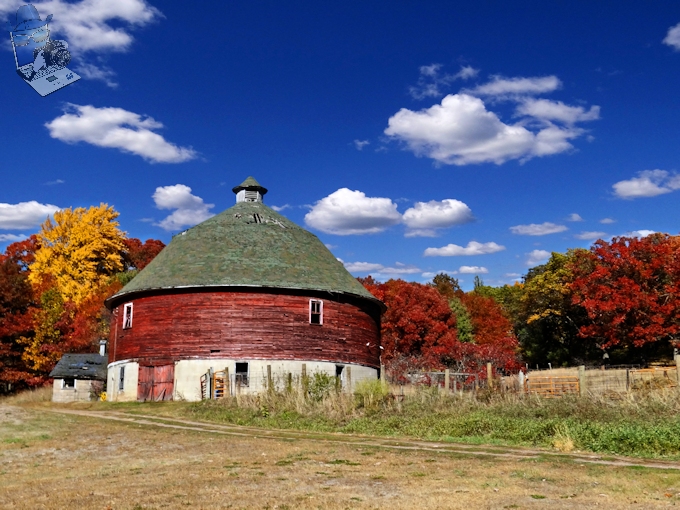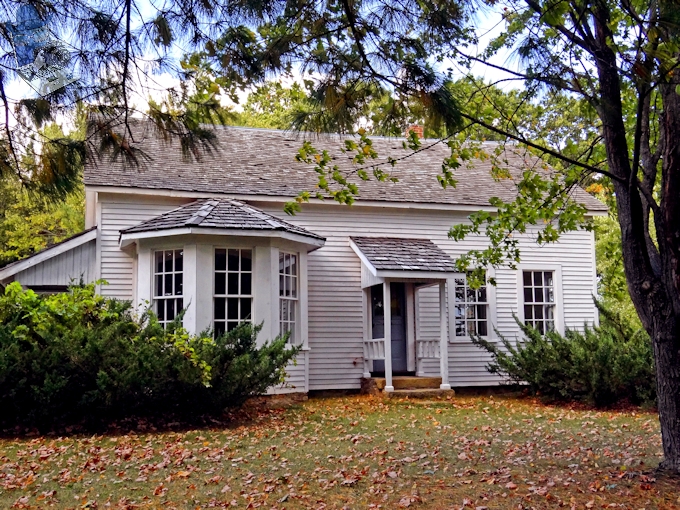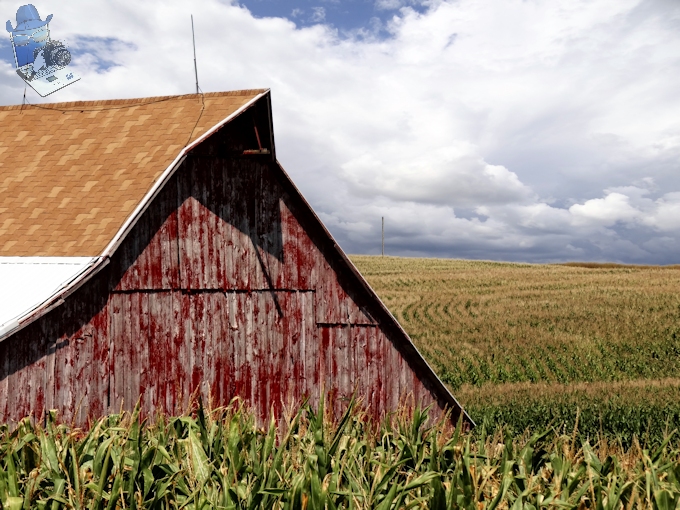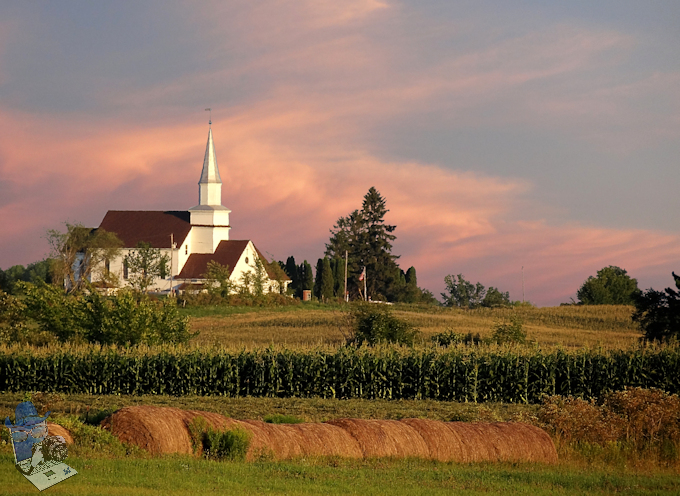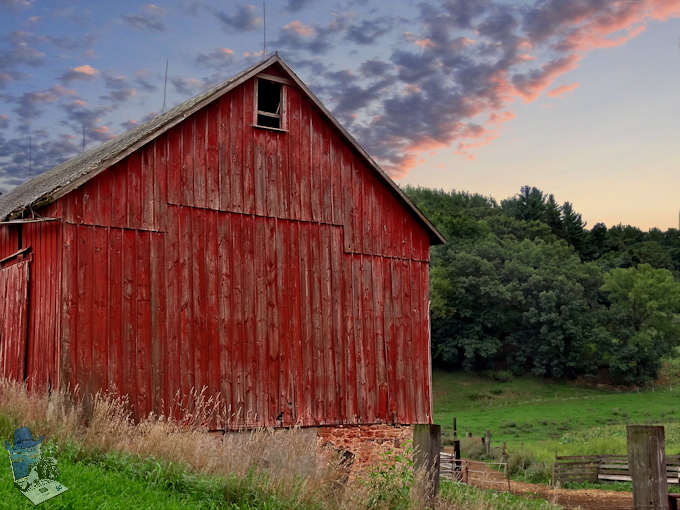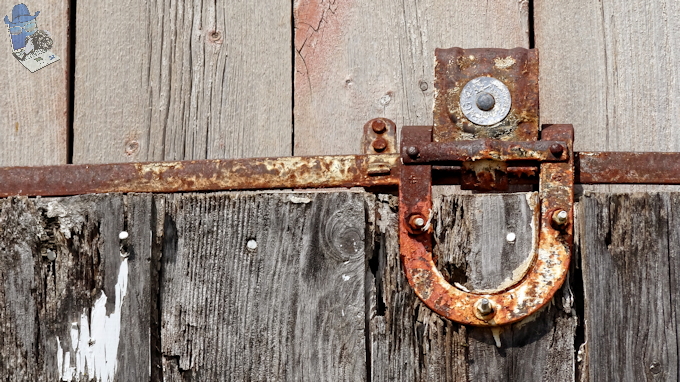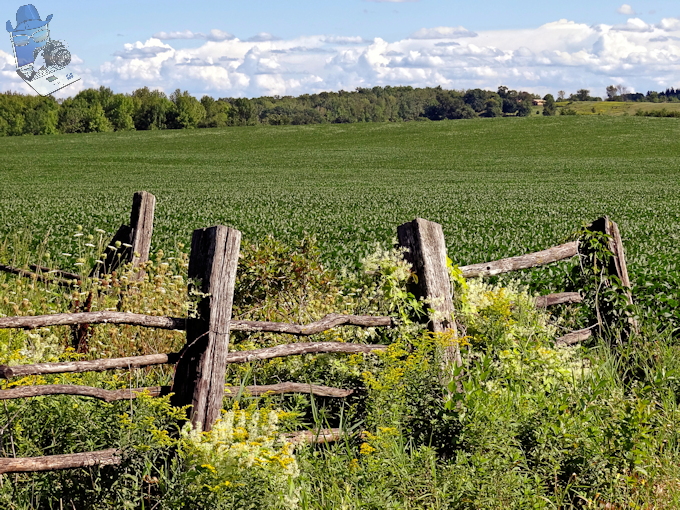Since I started the “old” week on Monday with a windmill, it probably is fitting to end the 7th day of the “old” week with a windmill. And this windmill definitely has seen better days and it is too worn out for me to identify the brand, although the brace wires are a different configuration than the Aermotor that I posted on Monday so it probably one from the hundreds different manufacturers.
A Field Guide To American Windmills by T. Lindsay Baker has identified some 1500 manufacturers of windmills so it probably will be hard for me to identify which manufacturer when there are over 50 manufacturers in my state without seeing a name. And the models of the windmills had interesting names too; some just had manufacturer name but other incorporated their function in the name such as Althouse, Chief, Milo Giant, Steel Chief, Steel Giant, Waupan Vaneless, Monitor Steel Power, Horicon, King, Ozark, Reliance, Eclipse, Double Power, Sheboygan, Duplex Geared, Kilbourn Steel, The Dandy, Everlasting, Favorite, Boss Vaneless, Champion Power, Sandwich-Perkins, Fouk’s Accelerating Air Motor, Parson’s Colorado Wind Engine, The Iron Screw, and Aquarius the Water Bearer.
But whatever the brand or name, the windmill served its purpose in the past, providing needed water for farming. They say that barbed wire and windmills were the two inventions that made it possible to develop the American West.
I hope everyone enjoyed the “old” week theme and will have to see when the “old” stuff returns again.
Worn Out Windmill
